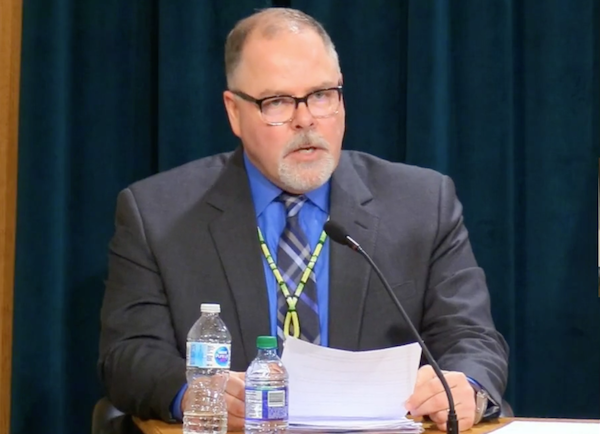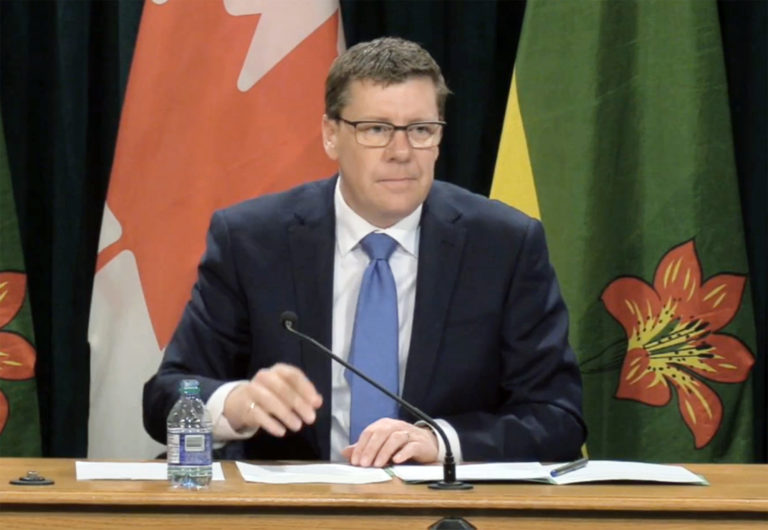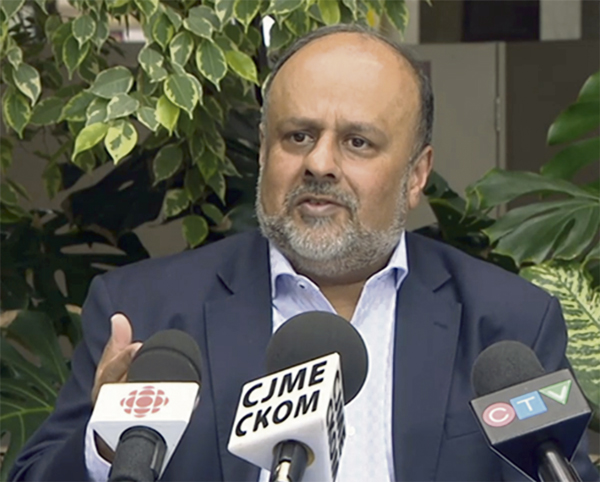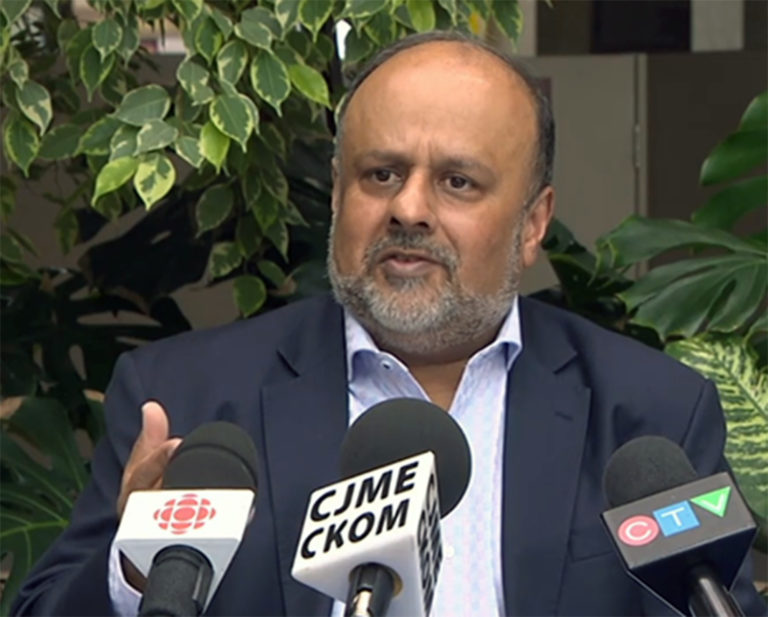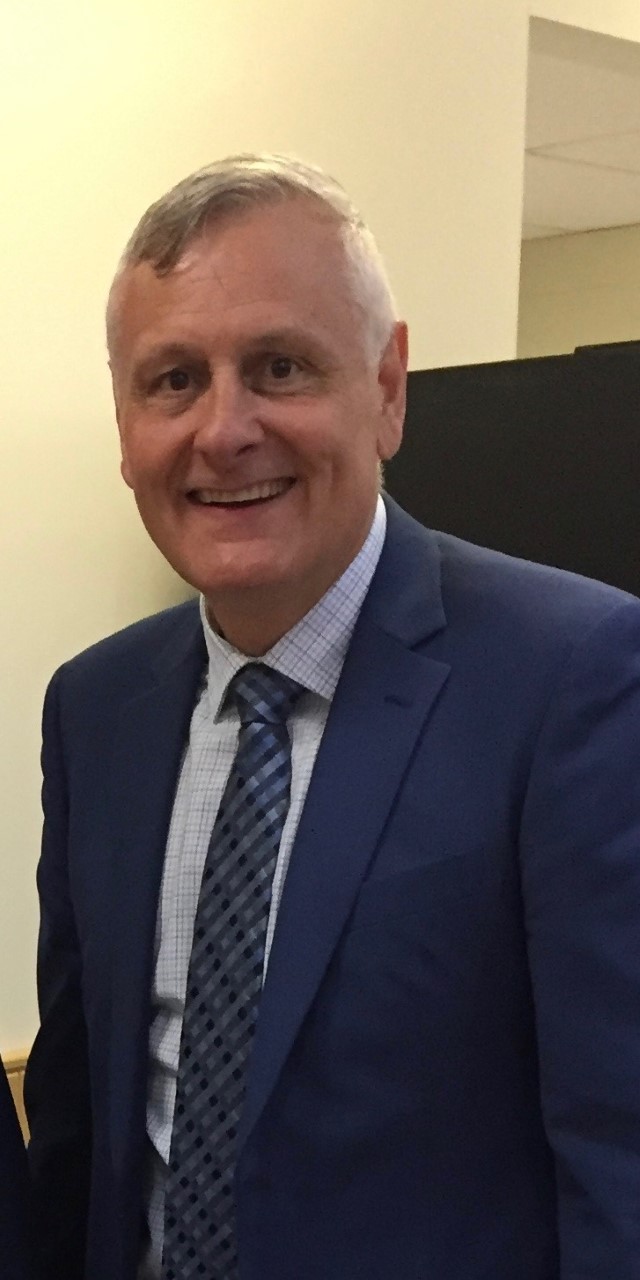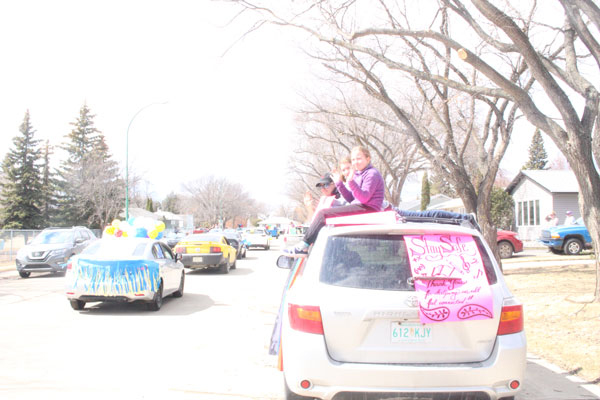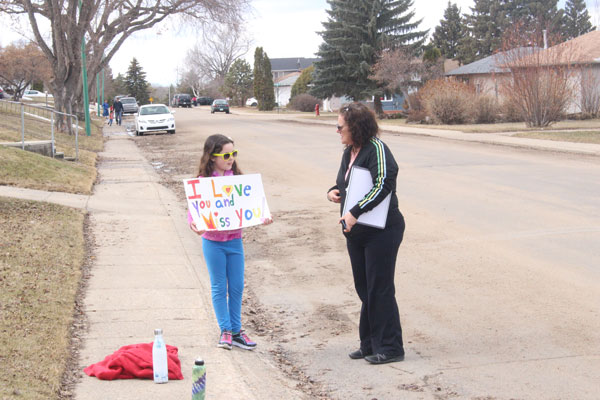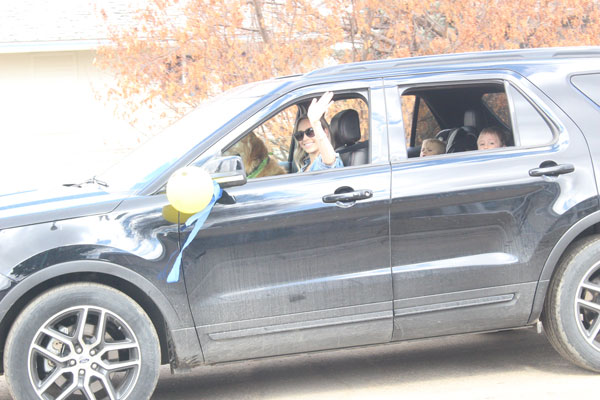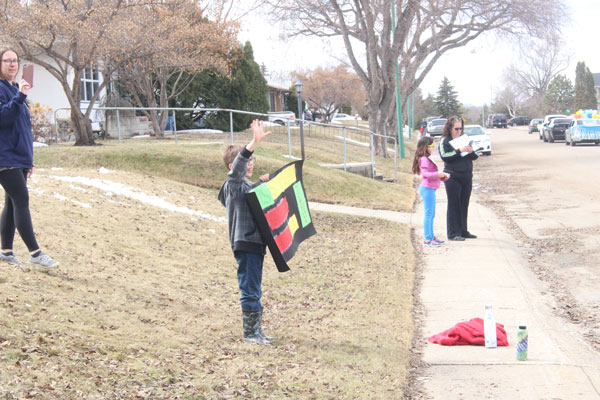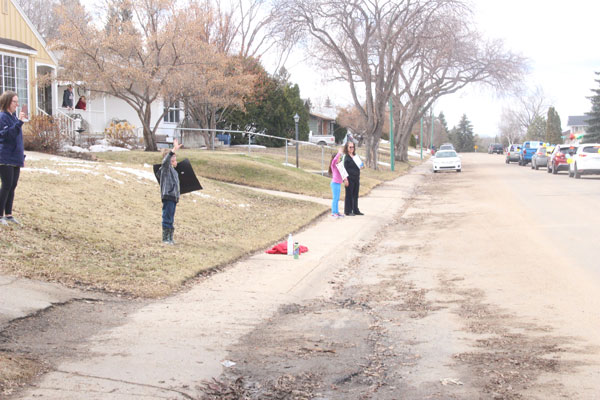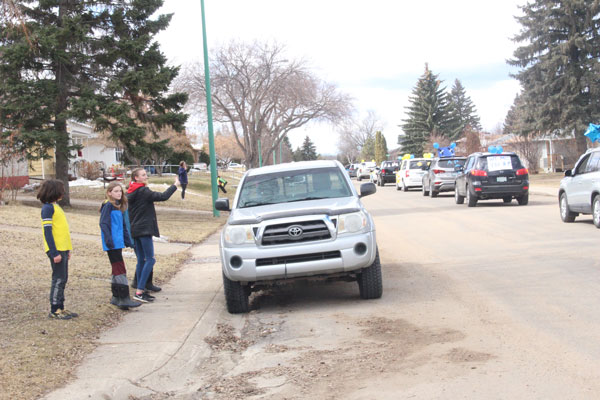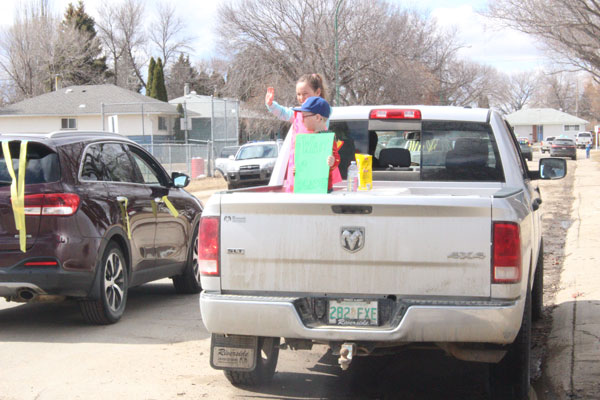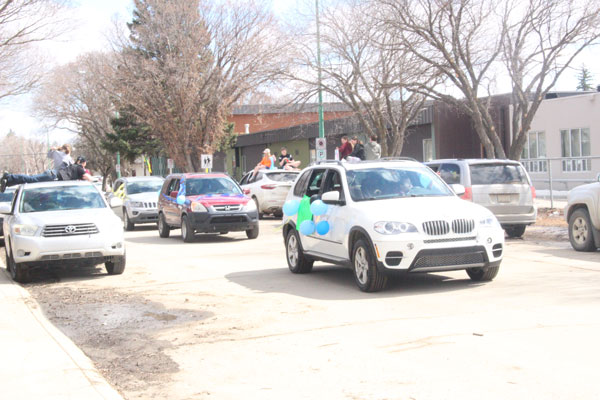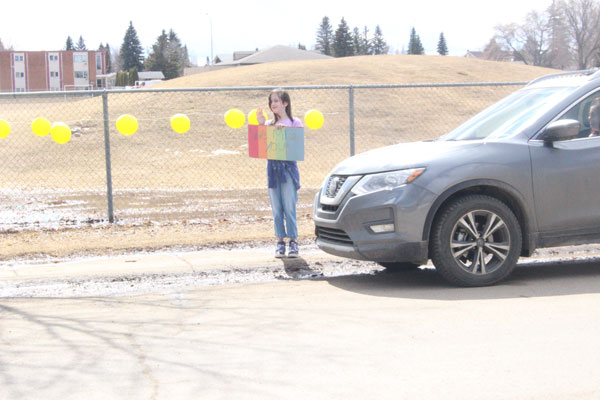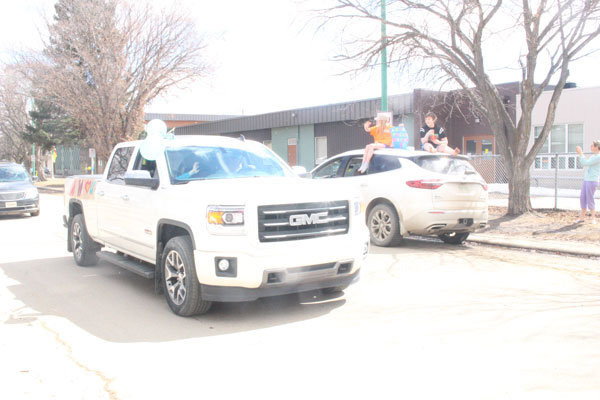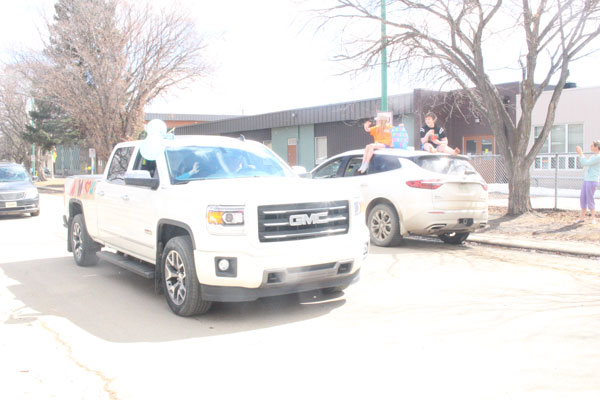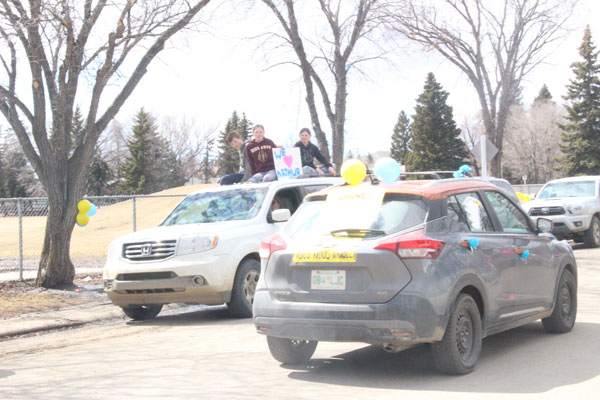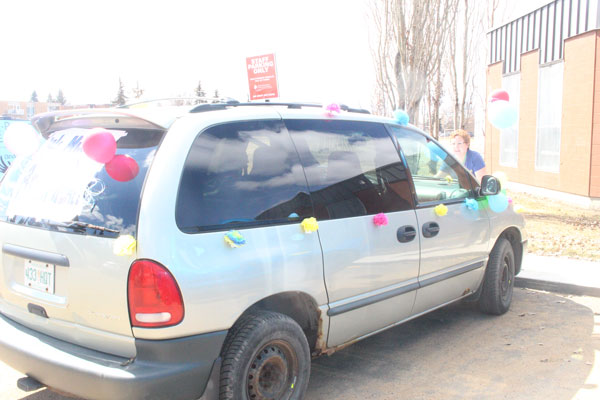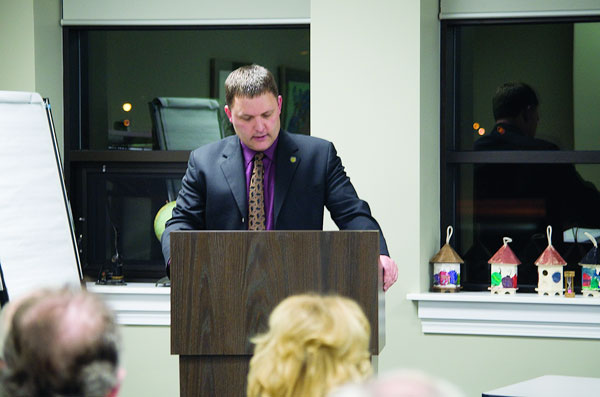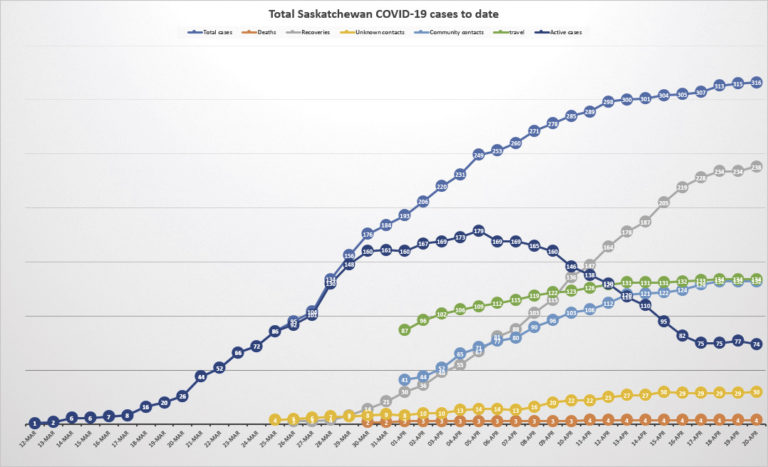The Saskatchewan Health Authority (SHA) released new data Tuesday showing that Saskatchewan is in a significantly better position to manage COVID-19 as a result of the interventions taken to date to slow the spread of the virus. The province needs to continue on their current path for the success to continue even in light of the upcoming re-opening of Saskatchewan.
“Despite all the good news our province has seen with regards to COVID-19 spread, these plans are critically important. We have to continue to plan for the worst while hoping for the best. As we have seen from other jurisdictions the situation can fluctuate very quickly,” SHA CEO Scott Livingstone said during Tuesday’s press conference.
Livingstone acknowledged the recent death and passed on the condolences of the SHA and also passed on thanks to the province’s health care workers.
The updated numbers shows Saskatchewan’s Basic Reproductive Number for the virus as 3.12. This means the average number of people a single COVID-19 positive person in Saskatchewan would infect, had no interventions been undertaken and everyone was susceptible.
Under revised modelling, SHA’s cumulative tota sits at 254,756 cases. That’s lower than the 335,000 originally modelled earlier this month.
Deaths under the worst-case scenario modelling fell from 6,815 to 3,050. Officials emphasized that modelling provides projections, not predictions.
With the introduction of public health measures in March and April 2020, the Effective Reproductive Number in Saskatchewan is 0.7 as of April 25. This is the average number of people one person with the virus is likely to infect at the current time, after the effects of the interventions have been factored in. This changes daily as behaviours and interventions change.
“The goal is to keep the effective reproductive number less than one and we know at that point this is the tipping point where we will start declining,” Dr. Jenny Basran, Senior Medical Information Officer explained.
“On April 25 our effective reproductive number was 0.7 this is a bit of an indicator that some of the cases that were coming up had been infected up to 13 days ago,” Basran said.
According to Basran, they will monitor the numbers as the Re-open Saskatchewan Plan begins to move forward. But all of the steps we are currently taking need to remain in place.
Basran explained that Saskatchewan is on par with the rest of Canada. The province is also working on modeling to determine numbers from different regions.
The SHA is using the new Saskatchewan-specific Basic Reproductive Number to adjust its planning scenarios, maintaining its commitment to plan for the worst, while aiming for the best. The Effective Reproductive Number will be used to guide decisions specifically about public health measures. This will help the province to make real-time adjustments to relax or tighten public restrictions, as needed, to help prevent a resurgence of COVID-19, while also balancing the need for a very gradual return to normalcy.
The SHA will release the Effective Reproductive Number weekly to help inform the public on the effect of current interventions or relaxed restrictions in Saskatchewan. Analysis going back to early March indicates that the value of this number has been under one since early April.
The SHA also released updated information on the adjustments it is making to its COVID-19 Readiness Plan as a result of this new data.
“Within Saskatchewan we have the highest per capita testing and also the least restrictive testing criteria where testing is available for anyone with symptoms of COVID-19,” Dr. Julie Kryzanowski, Senior Medical Health Officer said.
“We continue to work to scale up availability of testing in place around the province, new strategies for active case finding including testing persons who are identified as contacts through public health contacts and outbreak investigations, providing outreach to populations that are less likely to seek access to testing and sending consistent messages to health care providers who are doing the test.”
Testing sites across the province, including testing on First Nation’s communities, as well as mobilizing new technology which includes GenXpert that provides rapid results.
They are still developing contact tracing, trained staff on new technology that will help streamline after contact investigation that will improve reporting and monitoring. Will strengthen responses to community outbreaks and looking to mobilize surge capacity to respond in real time.
“We do need to work together to continue to stay healthy and strong and ensure that supports and care are available to those who need it,” she said.
They also highlighted the offensive and defensive portions of the SHA’s COVID-19 Health System Readiness Plan. The offensive portion sees maximizing testing capacity, accessibility and speed, including ongoing expansion of rapid testing capability across the province and outreach to populations less likely to seek testing; surging contact tracing to stay ahead of demand, including a plan to meet any scenario up to 618 news cases per day in Saskatchewan, helping prevent spread by restricting staff to work in a single facility; contingency planning to use hotels to cohort COVID-19 positive patients who require intermediate care and continuing to expand virtual care options to provide continuity of service while maintaining physical distancing, wherever possible.
The SHA’s defensive strategy portion of the plan focuses on the readiness of acute care services to meet any potential surge in demand from COVID-19. The defensive adjustments highlighted include a new planning scenario assumptions now estimate needing 1,000 fewer hospital beds, 400 fewer ICU beds and 400 fewer ventilators than previously announced on April 8 and continued preparation for field hospitals in Saskatoon and Regina to enable the SHA to scale up if needed.
The two field hospitals are based on two stages of activation. According to Derek Miller, the Emergency Operations Centre (EOC) Lead stage one has a predefined number of 309 beds to prepare for activation, purchase all of the equipment and then trigger the beds. Beds would become available in a predetermined period of time. Stage two is a contingency capacity to expand services as needed. He explained that in Saskatoon it would go from one ice sheet to two at Merlis Belsher Place and occupying a second part of Evraz Place in Regina. This would make 650 beds potentially available in the two field hospitals.
“The updated modeling information provides good insight into the Saskatchewan-specific situation as well as informing our scenarios that are used for planning. Our offensive strategy continues to support the sustainment of low rates of transmission. But we want to emphasize that the public has the biggest impact on our offensive strategy and success and certainly underpins the success that we have seen to date. Our defensive strategy continues to adapt on the new modeling information and we will be adjusting that and we will ensure that we have our defense ready should we need it in the future,” Miller said.
The SHA and Ministry of Health are also developing a plan to resume, in a staged approach, community services, elective surgeries and diagnostics that were impacted by earlier service slowdowns. This plan will be released in the near future.
The elements of this plan will be activated in phases, with each phase triggered by surveillance data on transmission of the virus in the community.
Identification of which services will resume will consider factors such as highest priority patient needs, risk of transmission of the virus, impact on COVID-19 surge capacity, impact on inventory of personal protective equipment and other factors. Timeline on medical returning will be determined using the data available.
“Going forward there will be ups and downs in our fight against COVID-19,” Saskatchewan Health Authority Chief Medical Officer Dr. Susan Shaw said in the province’s release.
“That is why it is so critical that we be guided by the data and be willing to adapt as we learn more about COVID-19 and how the virus is behaving in the Saskatchewan context. While we support the province’s plan for gradually re-opening the province, it is a critical time to remind Saskatchewan residents that this will be a phased process where we still need our citizens to be vigilant and practice the same precautions that have proven effective to date.”
In the press conference all of the speakers noted that we are in such good shape because we have been practicing proper actions such as frequent hand washing and physical distancing.
-With files from Jordan Sticker, Local Journalism Initiative Reporter, Estevan Mercury.

